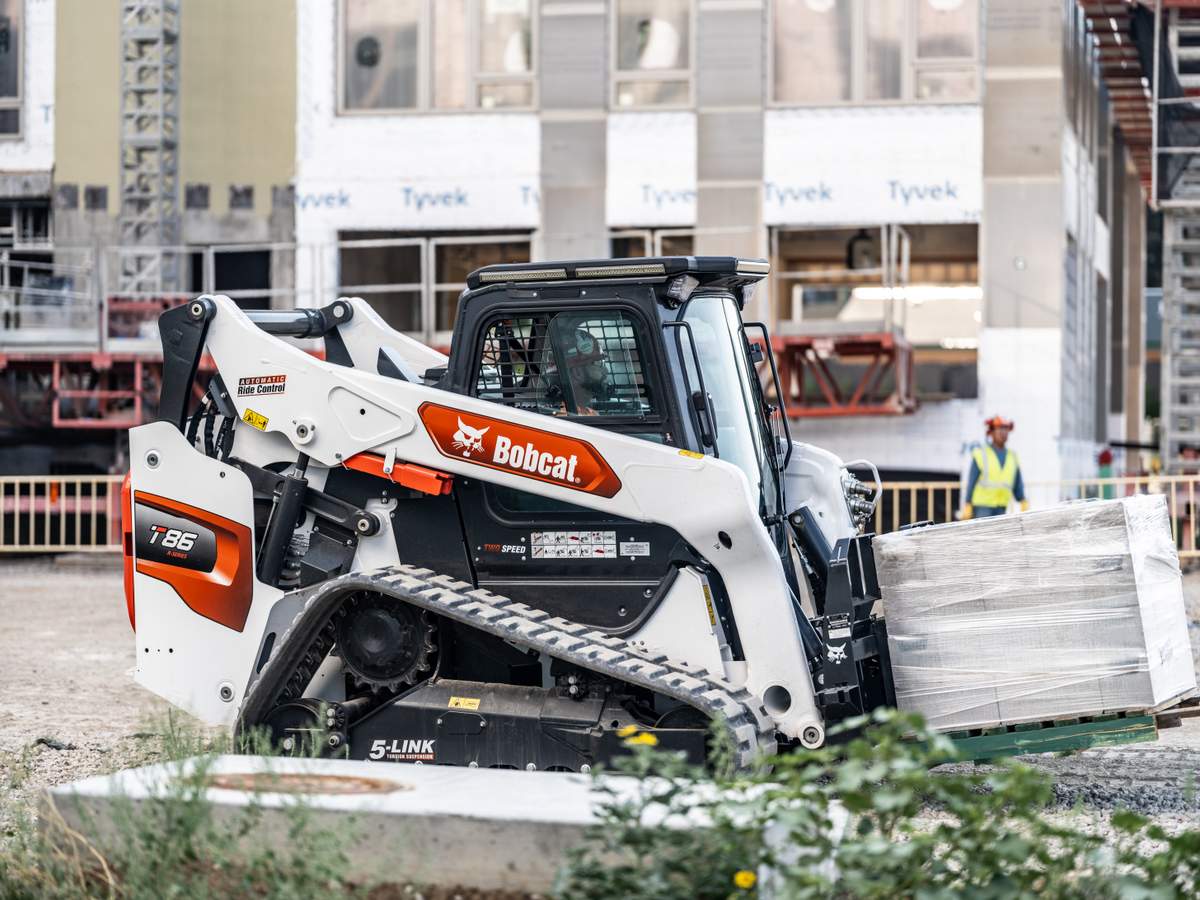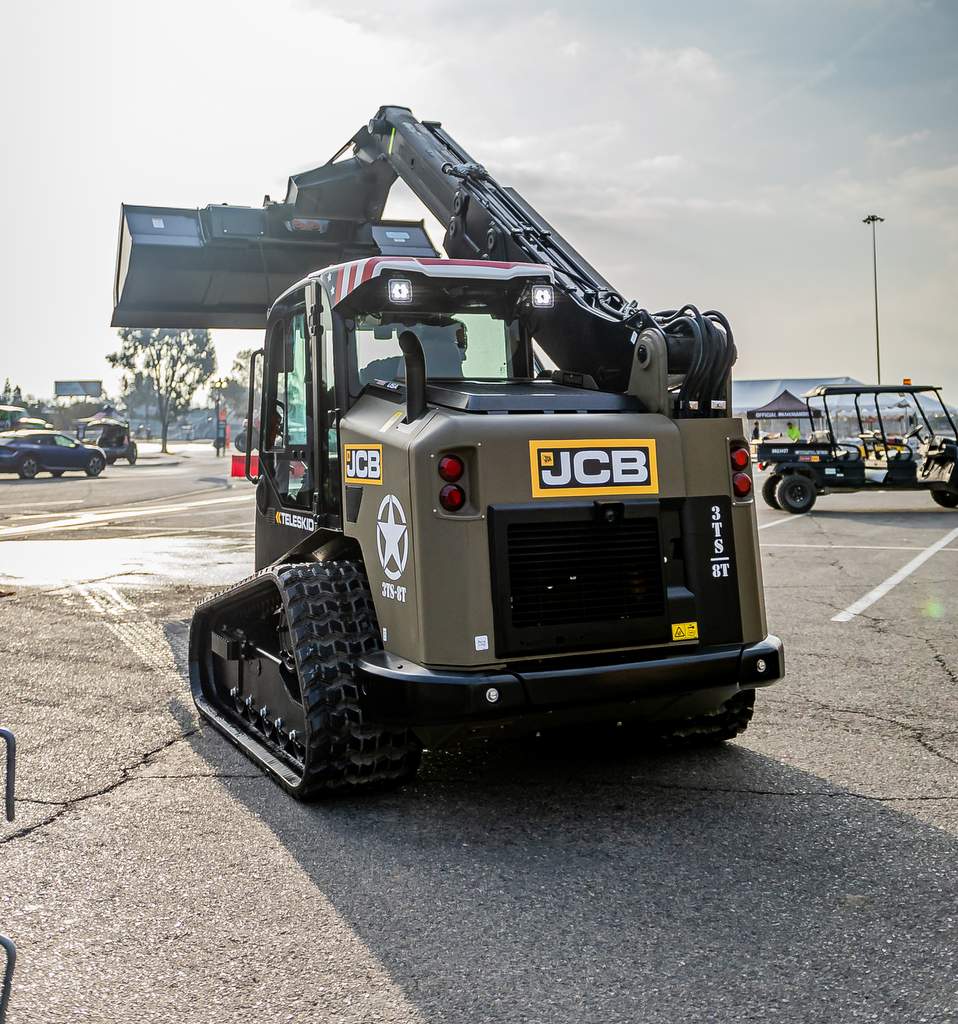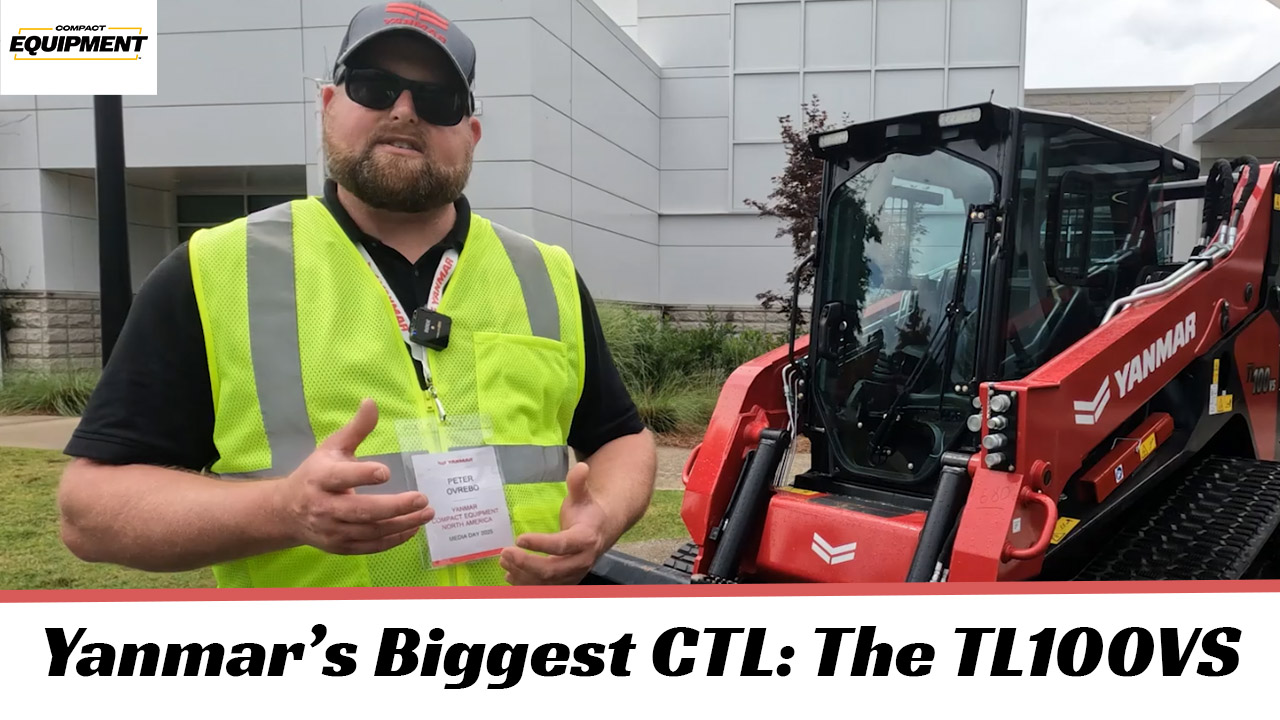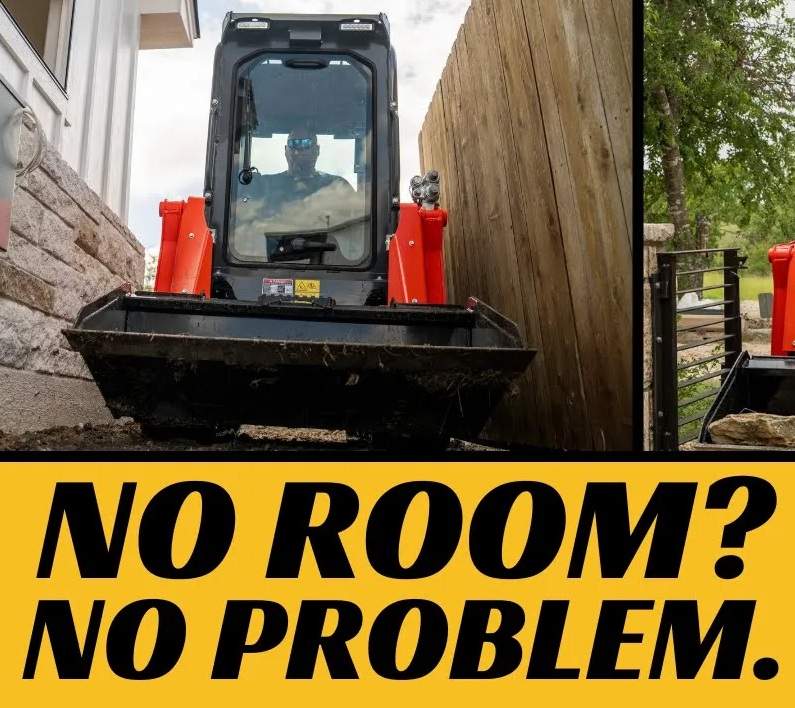Tires vs. Tracks
Acquiring new equipment, like a compact tool carrier, can be filled with choices. When deciding on a new piece of equipment, be sure to consider the amount of initial investment, the variety of applications the machine will be required to complete and the typical working conditions in which the machine will be operating.
One question contractors frequently encounter is whether to purchase a compact tool carrier equipped with tracks or tires. Since there are advantages and disadvantages that come with either option, it is helpful to be aware of some important factors.
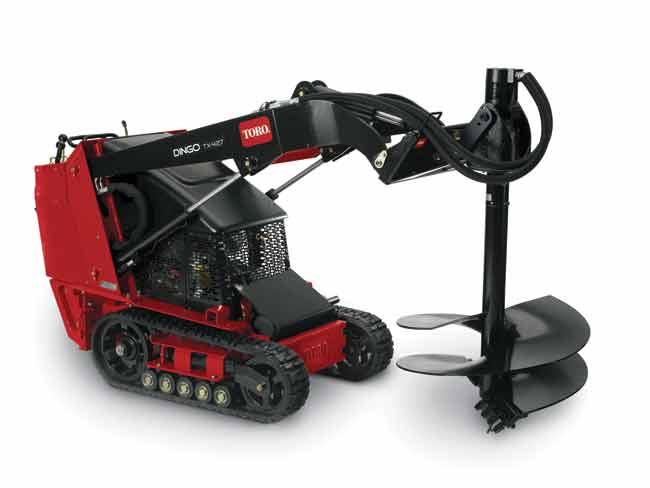
Tracked loaders can come at a higher upfront cost due to the more advanced suspension system and additional parts found in track systems. The higher upfront cost is offset by greater versatility — tracked loaders are able to work in a wider range of ground and weather conditions — extending their productivity. However, in today’s economy, many choose to invest in wheeled units due to the lower acquisition costs — although wheeled and tracked loaders can perform a similar array of tasks.
Another question to ask during the decision process is: What type of work or applications will the machine be required to complete? In general, compact tool carriers are meant to handle landscaping, construction, tree care, fencing and demolition. Tracked loaders are more suited to landscaping applications because the machine’s weight is dispersed across the entire surface area of the track, resulting in lower ground pressure per square inch. Reduced ground pressure means less damage to existing landscape or turf, which will save cleanup time and money. Toro Dingo tracked models, for example, can be equipped with either narrow or wide track systems, which serve to further reduce ground pressure to 3.4 psi. This increased surface area also translates to higher levels of ground contact, giving tracked loaders more traction for applications involving digging and trenching.
On the other hand, wheeled loaders are capable of higher ground speeds. Some wheeled models feature a two-speed transmission, resulting in a decrease in cycle times. This makes wheeled loaders well suited for irrigation, fencing, general utility and lift-and-carry applications. The big difference between tracks and tires is terrain. Ground conditions play a sizeable role in this decision. Tracks are much more versatile — they excel in soft, sloppy and muddy conditions and are especially effective in the snowy and rainy conditions of winter and spring. This can be attributed, once again, to the higher surface area, which provides a tracked loader with more traction and flotation in adverse working conditions.
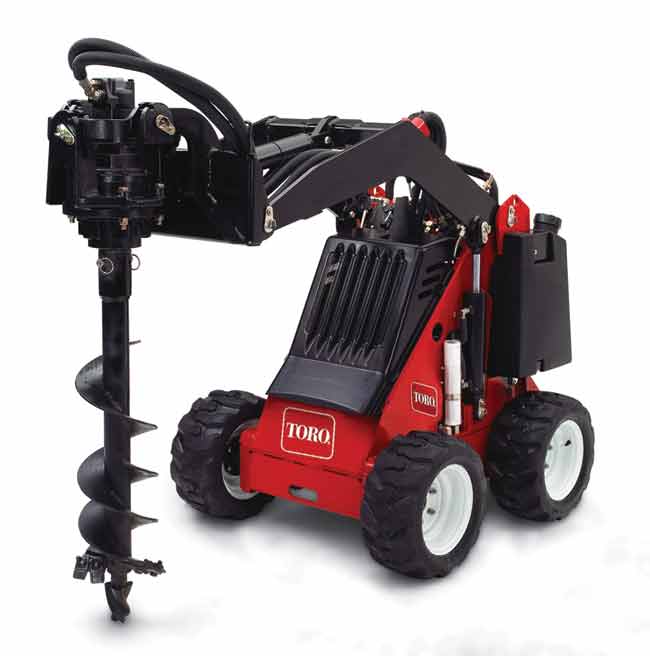
Due to the more advanced suspension systems tracked compact tool carriers also provide better stability and a more comfortable ride on slopes and uneven terrain. The smoother ride can actually help to improve operator comfort and increase overall productivity as well. Wheeled compact tool carriers can be better suited for use in the summer and fall, when the ground is firmer and drier. They are also a good choice when working on ground conditions like asphalt, gravel and concrete. During the summer working months, however, both tracked and wheeled units are effective, so contractors should determine which type to use based on application, rather than ground conditions.
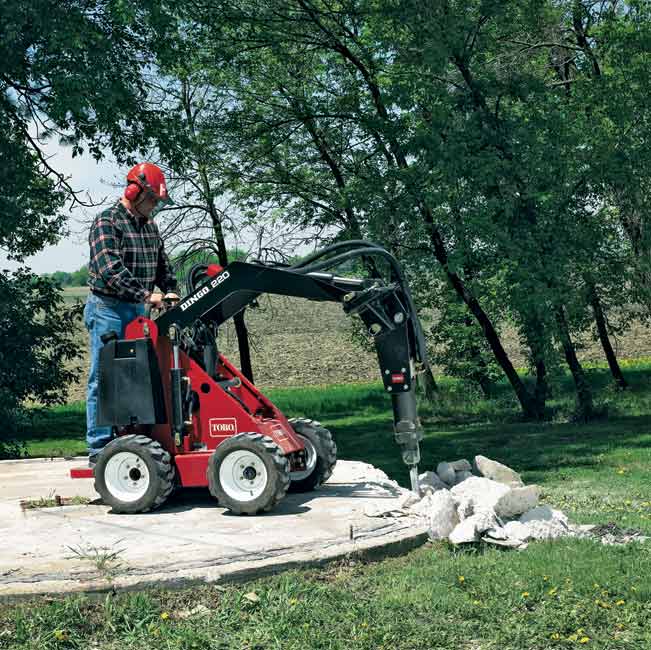
There are many elements to consider when purchasing a new piece of equipment. Deciding between tracks and tires can greatly impact productivity — positively or negatively — depending on the machine’s intended uses. Contractors need to know ahead of time how much they are willing to spend, what they will need the machine to do and in what conditions the machine will be working before making a final decision.
Griffin West is a technical writer with Performance Marketing, based in West Des Moines, Iowa.

